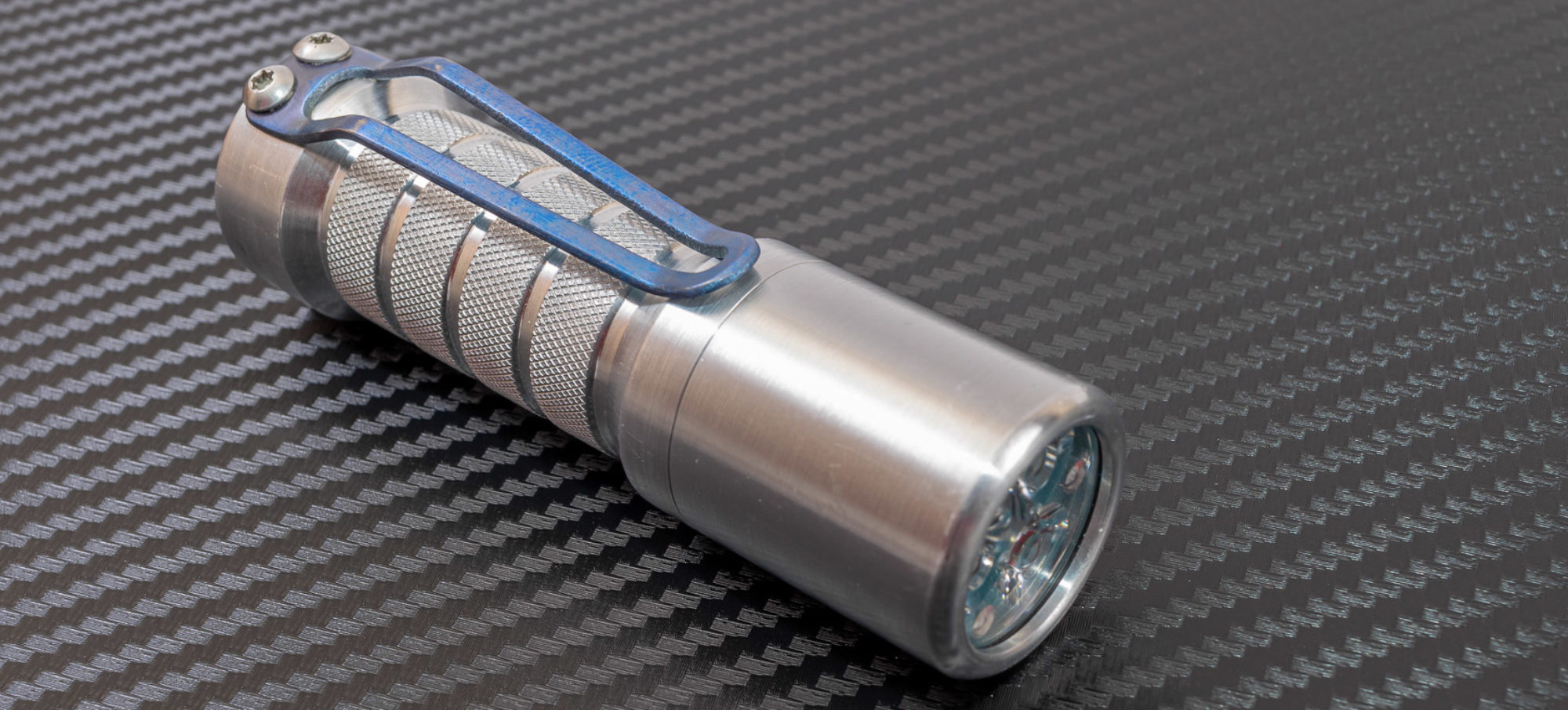Anker has a relatively new powerbank on the market with the PowerCore 10000 PD Redux powerbank. This powerbank supports has a premium feel and a cross hatch texture on top. It supports USB-C in and out at a maximum of 18W, as well as USB-A out, and a low power trickle charging mode as well. Thanks to Anker for sending this to me to take a quick look at.
The YouTube Version of this Review
Packaging & Accessories
The packaging was standard blue and white and as a compact premium feel. In the box you get the powerbank, a mesh bag, and a USB-C to C cable that’s approximately 3ft long. Everything is covered by Ankers 18 month warranty too.
Power
Let’s talk about the specs of the powerbank here and then I will go into a few more details.
Specs
Total Output Power 18W
USB-C Input (PD): DC 5V=3A, 9V=2A, 15V=1.2A
USB-C Output (PD): DC 5V=3A, 9V=2A, 15V=1.2A
USB Output : DC 5V=2.4A
On first glance 18W of total power is a good thing. Given the capacity this will charge most smartphones twice and I have to agree. In charging my Note 8 which recognizes it as fast charging I got 2 charges from between 15-100% no problem. It charges my iPad as well with a USB-C to Lightning cable, and if the charger is above 2 bars, it does so at AC wall speeds. However when the powerbank drops below 2 bars charging speed will decrease down to a much slower rate.
While I don’t have a Nintendo switch to test this myself, this powerbank will charge one, but isn’t compatible with the Switches Charge and Play TV setting. Unfortunately the PowerCore 10000 PD Redux doesn’t have enough wattage to charge most laptops.
Trickle charge mode here is a nice touch. Often times on low power devices like some wireless headphones, fitness tracker, and some small low power keychain style flashlights. Some powerbanks will interpret the small power draw on these devices as the battery being full and shutting off prematurely. This is easy to turn on, just long press on the button before plugging in your device and you will get a green LED light up on the powerbank. Repeat this process to turn it off.
While I don’t have a way to take apart the powerbank I believe what’s inside is 2x 21700 5000mAh batteries. The size is just about right for that. Measured Capacity 5956mAh @ 5v 2A load using my EB Tester for a total of 30.64Wh energy. The stated 10,000mAh capacity doesn’t take into account the losses due to voltage step up or battery sag which really means under absolute idea conditions the capacity would be around an actual 7,500mAh of real energy assuming it’s one battery at a nominal voltage of 3.7V. I am not sure how 2 batteries in series changes that calculation.
Recharging the Powerbank.
You have 1 option to charge the Powerbank and that’s via USB-C. That said it supports input of power via USB-A to C cable (not included) at a rather slow rate of speed of 9 hours, or what I recommend is recharging via a charger that supports USB-C PD and doing so gets you a full powerbank in about 3 hours 23 minutes. During this time I saw the charging speed of 15v @ 1.2A for a total of 18W. While it’s nice to see the backwards compatibility of non PD supported, 9 hours is crazy long time for 10k capacity. I have reviewed a few USB-C chargers with PD support, make sure to check those reviews out if you need one.
Pro’s
- Low Power Device Mode (Great for charging up devices pulling small amounts of current like wireless headphones)
- 15V mode here is hard to find on a 10k mAh powerbank but works here
- Makes a great travel package with the Anker PowerPort Atom III Slim
Con’s
- Slightly less efficient when compared with other 10k mAh powerbanks I have.
- Rather expensive for 10,000mAh in late 2019.
- No Qualcomm 3 support for the latest model Android phones.
Conclusion
The PowerCore 10000 PD Redux is a good powerbank and is one of the few that market that supports 15V needed for faster charging of the Nintendo Switch and some laptops. While this isn’t super practical for laptops it’s a much better fit for your smartphones, tablets, and other smaller portable devices. Full and primary support for USB-C here is a nice touch.
Anker has made an update to improve compatibility with some Anker chargers in May so now that thats fixed you should have pretty good compatibility other than Qualcom QC 3 support. This does pair perfectly with the Anker PowerPort Atom III Slim that I reviewed earlier, both fit in the powebanks bag and make a perfect traveling pair.
Value here isn’t what I typically expect from Anker unfortunately. This updated model has a significant premium over the older model without a ton of change. If your using it for a Laptop or Nintendo Switch then it’s worth the premium, but if your charging your smartphone or tablet while out on the go, I would struggle with paying the premium. That said I can recommend this charger with reservations.
Pickup this charger on Amazon at https://amzn.to/3686eVB









